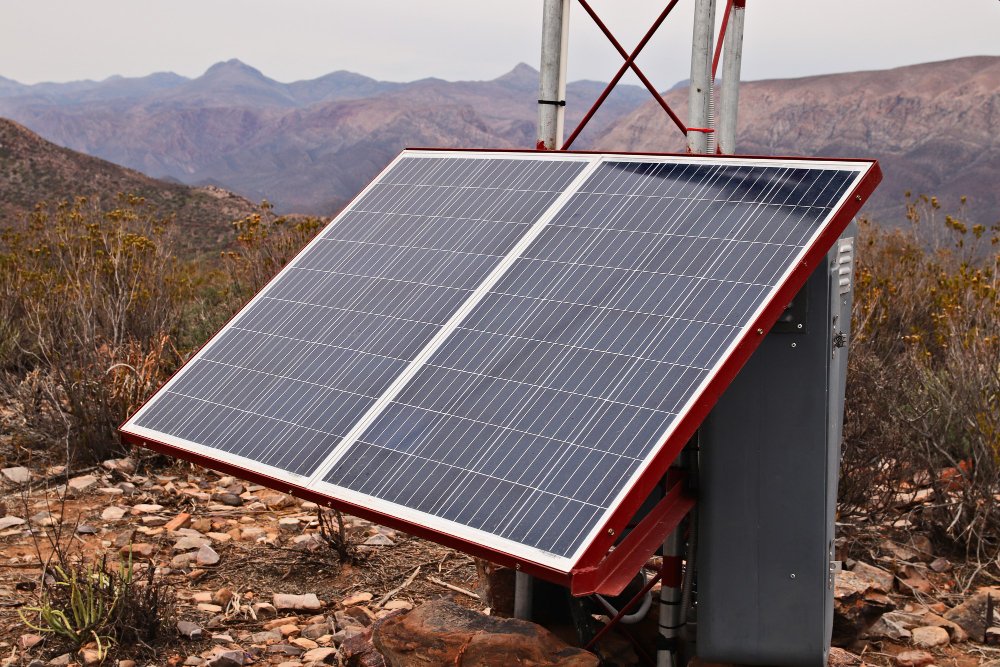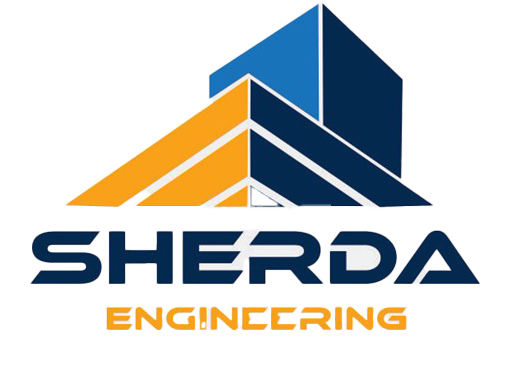The Future Is Flowing: Breakthrough Innovations Revolutionizing Borehole Drilling Technology
Borehole drilling might sound like a straightforward process—find a spot, dig deep, and tap into water. But in 2025, this industry is being completely transformed by technology. Whether you’re a farmer, land developer, contractor, or just someone planning to go off-grid, staying updated on the latest in borehole tech can save you time, money, and a whole lot of stress.
In this article, we’ll walk you through the coolest innovations that are changing how we find, drill, monitor, and manage boreholes. This isn’t just for engineers—we’ll break it down in a helpful, casual tone that makes everything easy to understand.
Smart Surveying: Finding Water Like a Pro
AI-Powered Geological Analysis
In the past, choosing a borehole site was often a mix of guesswork and local wisdom. Today, artificial intelligence is making geological surveys way more precise. Using data from soil resistivity, past borehole logs, and satellite readings, AI models can now predict where underground water is hiding—and how deep you need to go to get it.
This doesn’t just improve success rates; it prevents you from spending thousands on dry holes.
Drones & GIS Mapping
Drones equipped with multispectral cameras and LIDAR systems can scan your land from above, mapping terrain, soil types, and even vegetation patterns. When connected to GIS (Geographic Information Systems), this data gives you a crystal-clear view of where your best chances of finding water lie.
Remote Sensing & Satellite Imaging
Satellites are now being used to identify moisture content in the earth and even track aquifer recharge rates. Tools like NASA’s GRACE (Gravity Recovery and Climate Experiment) help engineers assess large-scale water movement—especially helpful in drought-prone areas.
Drilling Gets an Upgrade: Meet the New Rigs
Automated Drilling Machines
Modern drilling rigs can now be semi- or fully-automated, meaning fewer workers are needed on-site and the drilling process is faster and more precise. These machines can auto-correct for rocky terrain, adjust pressure in real-time, and even drill at an angle for hard-to-reach aquifers.
Low-Noise & Low-Vibration Options
For residential areas or ecologically sensitive zones, there are rigs designed to operate with minimal disruption. These reduce noise pollution and vibration, making it easier to drill in urban neighborhoods or near wildlife zones.
Hybrid Rig Systems
Some rigs can now switch between rotary and percussion drilling modes. This versatility allows them to adapt on the fly when encountering different soil or rock types—saving time and improving borehole stability.
Real-Time Monitoring: Know Your Borehole Inside Out
Embedded Smart Sensors
Sensors placed inside the borehole monitor everything from water flow to pressure to temperature. These gadgets can detect when something’s wrong—like a drop in water level or contamination—before it becomes a major problem.
IoT Dashboards & Mobile Apps
All that sensor data isn’t just sitting in a spreadsheet. It’s accessible in real-time through mobile apps and online dashboards. Whether you’re managing one borehole or a dozen, you can check up on water levels, flow rates, and pump performance from your phone.
These tools are especially useful for farmers or rural communities managing shared water sources.
Making Sure the Water’s Clean: New Quality Tech
Smart Inline Filtration
Gone are the days of bulky, high-maintenance filters. Today’s systems use smart filters that automatically adjust based on the quality of incoming water. Some even alert you when it’s time to clean or replace the filter.
On-Site Testing With Cloud Sync
Modern test kits can now sync with the cloud, allowing instant analysis of your water sample’s mineral content, pH level, and bacterial presence. This data can be shared instantly with consultants or health departments if needed.
Sustainable Power Solutions
Solar-Powered Pumps

Solar tech has become more efficient and affordable, making it ideal for powering borehole pumps. Panels can now charge faster, even under partial sun, and batteries last longer. Some systems even allow hybrid setups that switch between solar and grid/diesel power.
Energy-Efficient Smart Pumps
Today’s pumps use smart controllers to adjust motor speed based on demand. This not only saves energy but extends the life of your pump by avoiding wear from running at full power 24/7.
Green Drilling Fluids
Traditional drilling fluids can be harmful to the environment, especially if they seep into aquifers. The new generation of biodegradable drilling fluids helps protect the water you’re trying to access.
Predictive Maintenance & Performance Tracking
AI-Based Maintenance Scheduling
Using historical data and real-time inputs, AI systems can now predict when your pump or filters are likely to fail—so you can fix them before they do.
Detailed Performance Logs
All your borehole data—from drilling to daily usage—is logged and can be used to track performance over time. This helps you make informed decisions on upgrades or rehab work.
Real-World Examples: This Tech Works
Kenya: Farmers using solar pumps paired with IoT sensors increased water efficiency by 40%.
India: A smart drilling initiative using AI predicted aquifer zones with 85% accuracy.
Australia: Remote cattle stations now monitor boreholes entirely through mobile dashboards, cutting labor costs significantly.
Challenges & Considerations
Initial Cost: Smart tech often costs more upfront, but many users recoup these costs in efficiency and reliability.
Training Required: Some systems need a bit of a learning curve, especially for rural users unfamiliar with tech.
Internet Dependency: Cloud-based systems need stable internet connections to function optimally—something to consider in off-grid areas.
What’s Next?
Expect even more automation, better AI accuracy, and smarter integrations in the next few years. Companies are already working on autonomous drilling rigs that don’t need a human operator on-site at all.
Conclusion: Time to Upgrade Your Borehole Game
Whether you’re planning your first borehole or looking to modernize an existing one, these innovations are game-changers. Not only can they help you find water more reliably, but they also make your borehole safer, cleaner, and cheaper to run in the long term.
Don’t wait until a dry spell or a pump failure forces your hand—start exploring what new borehole tech can do for you today!


Leave A Comment